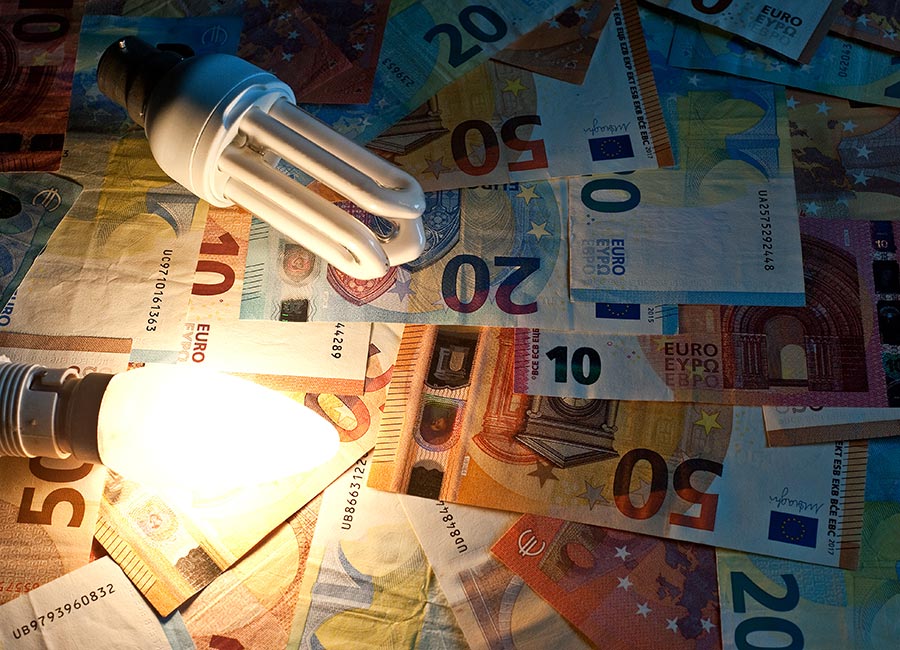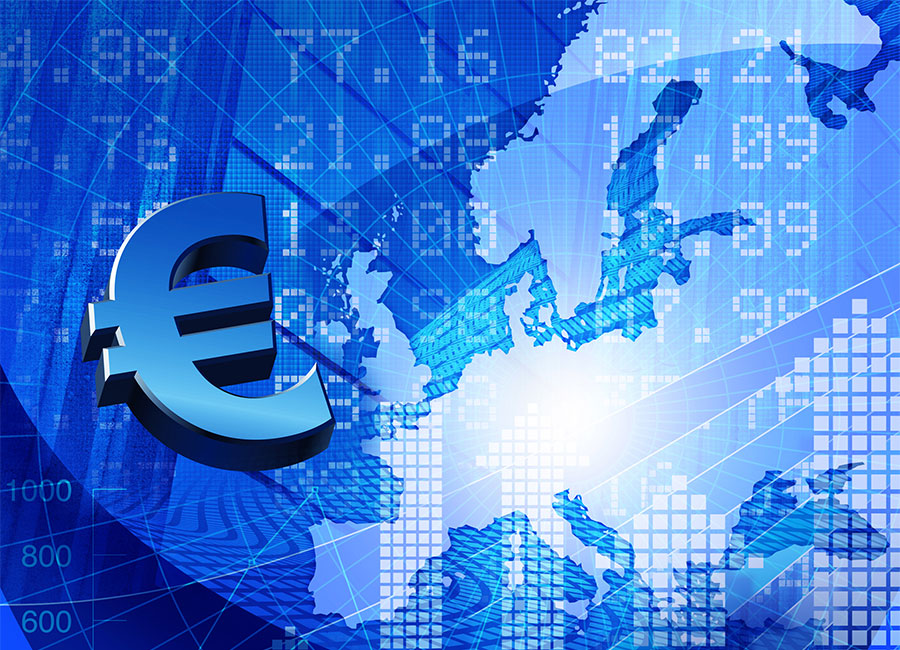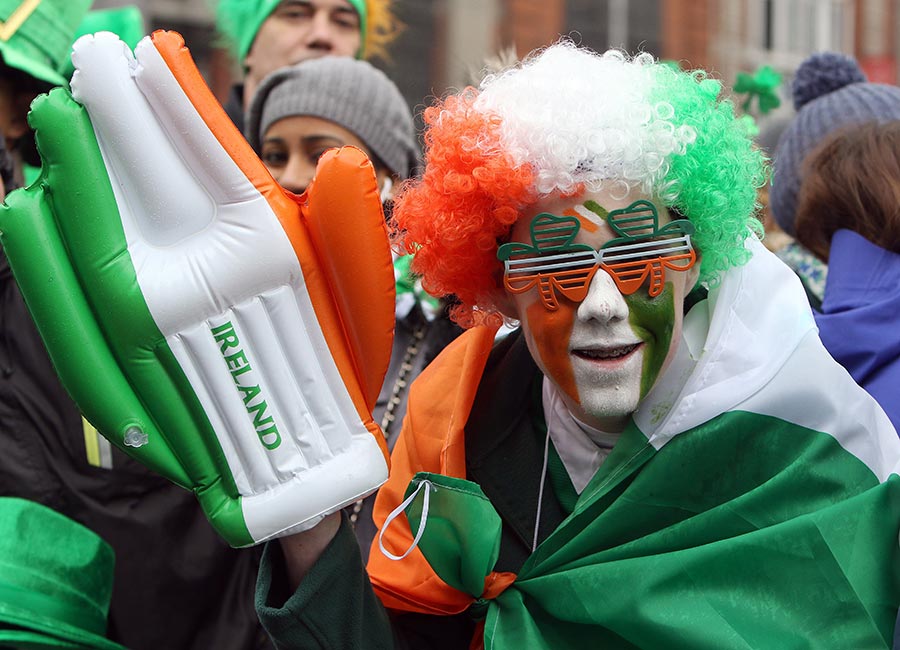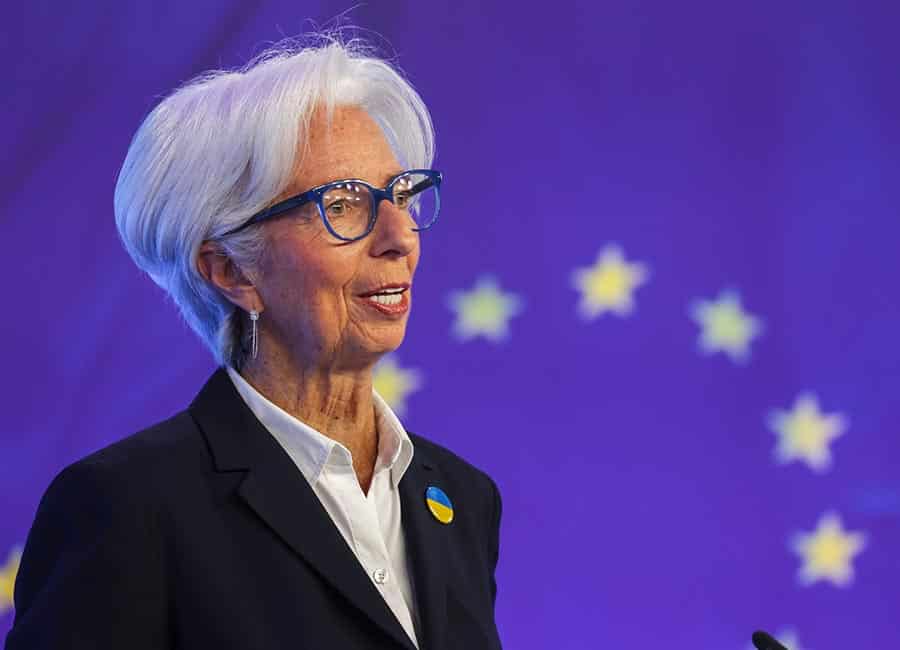Annual inflation in Ireland fell from 9% to 8.2% in December, while the eurozone average fell from 10.1% to 9.2% month-on-month, according to the latest harmonised index of consumer prices from Eurostat.
The monthly rate of inflation in Ireland was -0.3%. Similarly, monthly inflation was negative in 12 of the 19 eurozone countries.
Monthly increases seen only in Spain, Lithuania, Slovenia, Slovakia (all +0.1%), Italy (+0.2%), and the Netherlands (+0.7%). Consumer prices were unchanged in Malta month-on-month.
The easing in price increases seen last month was partially caused by a 6.5% decrease in cost of energy, which has driven inflation since the start of the war in Ukraine last February, with energy prices having risen 34.3% year-on-year.
"Looking at the components of the flash HICP in Ireland for December 2022, Energy prices are estimated to have decreased by 6.5% in the month but are up 34.3% since December 2021," said Anthony Dawson, statistician in the prices division at the Central Statistics Office (CSO).
"For the Eurozone overall, energy prices were down 6.5% in the month but rose by 25.7% on an annual basis."

Across the eurozone, annual inflation was 13.8% in prices for food, alcohol & tobacco , up from 13.6% in November, 6.4% in non-energy industrial goods, up from 6.1%, and 4.4% in services, compared with 4.2% the previous month.
Inflation in Ireland was higher than in six eurozone countries and lower in the remaining 12 last month. Latvia had the highest rate of annual inflation at 20.7% while Spain had the lowest at 5.6%.
At the eurozone level, annual inflation was 7.2% when excluding energy, and 5.2% when excluding energy, food, alcohol and tobacco.
The slowdown in inflation across the continent comes after several interest rate hikes by European Central Bank, increasing the likelihood that ECB will continue raising rates in the coming months to further dampen demand as it seeks to bring inflation back in line with its 2% target.
(Pic: Getty Images)











